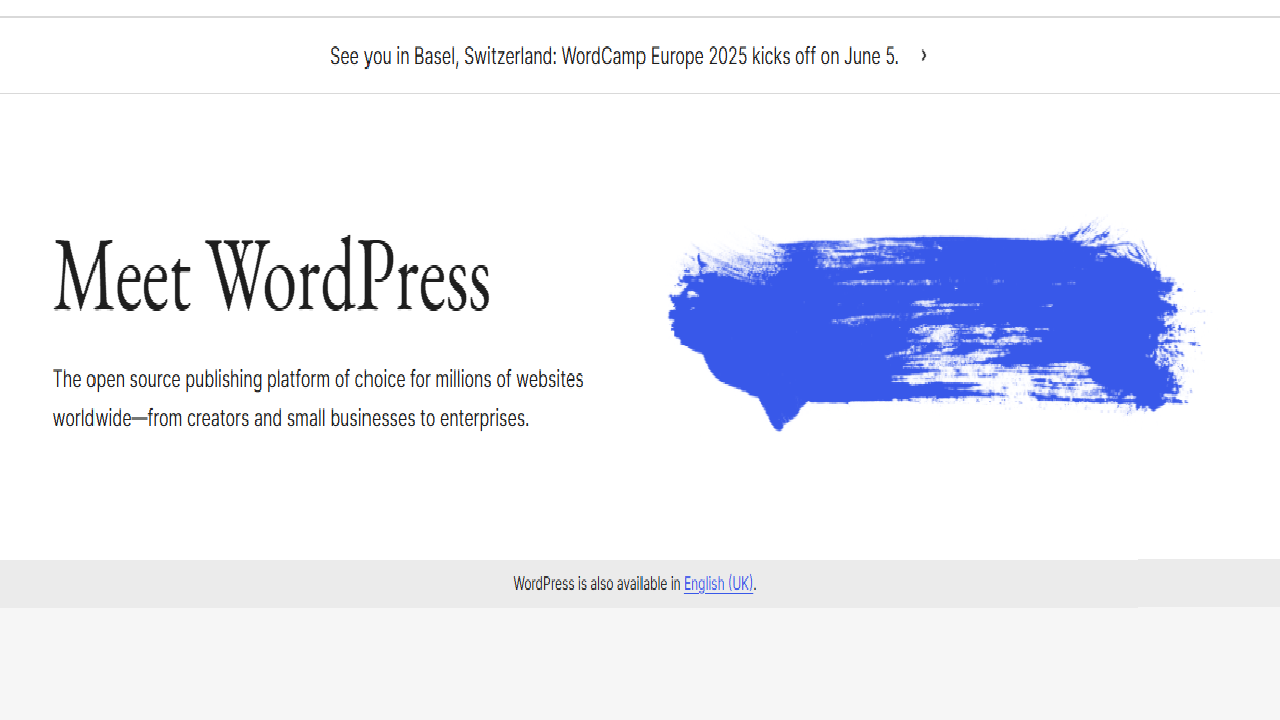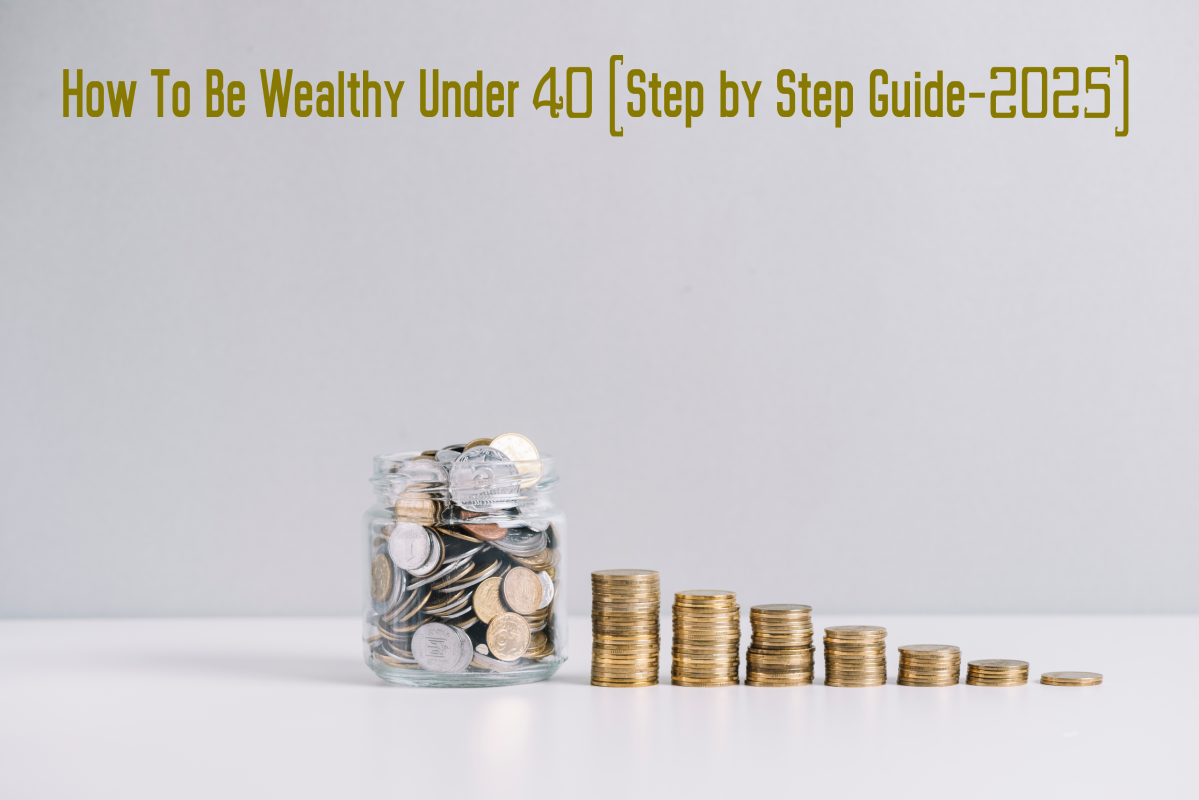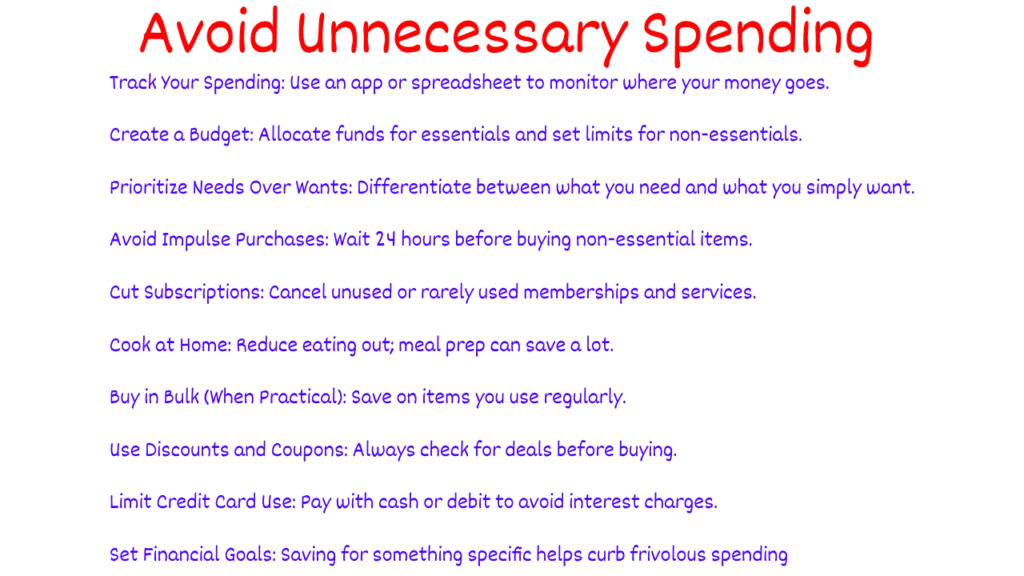How to Become an AI Expert in 2025 Step by Step Guide
Artificial Intelligence (AI) is no longer a futuristic concept—it is now a part of our daily lives. From voice assistants like Siri and Alexa to AI-driven tools for business automation, healthcare, finance, and creative writing, the technology is everywhere. In 2025, AI expertise is one of the most valuable skills for professionals. Whether you’re a student, a beginner, or already in the tech industry, learning AI can boost your career and help solve real-world problems. This article provides a step-by-step guide on how to become an AI expert in 2025, along with the most popular AI platforms and their practical use in our daily work.
Step 1: Understand the Basics of Artificial Intelligence
Before diving deep, you must first understand what AI really is. Artificial Intelligence is the science of making machines think, learn, and act like humans. It involves areas like **machine learning (ML), natural language processing (NLP), robotics, computer vision, and deep learning**.
Begin with:
* Learning what algorithms are and how they work.
* Understanding the difference between AI, machine learning, and deep learning.
* Exploring how AI is applied in real life (e.g., chatbots, recommendation systems, fraud detection).
**Learning Resources:** Websites like Coursera, Udemy, and Khan Academy offer beginner-friendly courses to grasp the fundamentals.
Step 2: Learn Programming and Mathematics
AI is built on strong programming and mathematical foundations. You don’t have to be a math genius, but basic knowledge is essential.
Key Programming Languages for AI in 2025
* **Python**: The most widely used language for AI. Its libraries like TensorFlow, PyTorch, NumPy, and Scikit-learn make it extremely powerful.
* **R**: Popular in data science and statistical modeling.
* **JavaScript**: Useful for AI in web-based applications.
**Mathematical Concepts Needed:**
* Linear Algebra
* Probability and Statistics
* Calculus (for optimization in deep learning)
Practical tip: While learning, work on small projects like building a spam email filter or a chatbot to apply these concepts.
—
## Step 3: Explore AI Platforms and Their Working Style
To become an AI expert, you need to practice on popular and reliable platforms. Here are some of the top AI platforms in 2025 and how they work:
1. **TensorFlow (by Google)**
* **Working Style:** Open-source library for deep learning and machine learning. It helps in building and training neural networks.
* **Daily Use:** Powers Google Translate, speech recognition, and image detection apps.
2. **PyTorch (by Meta)**
* **Working Style:** A flexible deep learning framework widely used in research and production.
* **Daily Use:** Used in recommendation engines, language models, and healthcare diagnostics.
3. **OpenAI (ChatGPT, Codex, DALL·E)**
* **Working Style:** Provides APIs for natural language processing, image generation, and code assistance.
* **Daily Use:** Helps businesses write content, automate customer support, and assist developers in coding.
4. **Amazon Web Services (AWS AI/ML)**
* **Working Style:** Cloud-based machine learning and AI services like Amazon SageMaker for model building.
* **Daily Use:** Used in e-commerce professionalization, fraud detection, and inventory forecasting.
5. **Microsoft Azure AI**
* **Working Style:** Provides pre-built AI services (computer vision, speech-to-text, and NLP) and tools for developers.
* **Daily Use:** Applied in enterprise automation, security monitoring, and productivity tools like Microsoft 365 Copilot.
6. **IBM Watson**
* **Working Style:** Focused on NLP, business automation, and data-driven decision-making.
* **Daily Use:** Healthcare diagnosis support, financial analysis, and customer service automation.
7. **Google Cloud AI**
* **Working Style:** Offers AI APIs for vision, speech, translation, and custom model training.
* **Daily Use:** Used in marketing analytics, voice assistants, and logistics optimization.
—
## Step 4: Work on Real-World AI Projects
Learning theory is not enough—you must apply it to real-world problems. Start with simple projects and move to complex ones.
**Examples of Projects:**
* Chatbots for customer service
* Sentiment analysis of social media data
* Predictive analytics for finance or stock market trends
* AI-powered recommendation system like Netflix
* Personal productivity tools (AI task schedulers)
By working on such projects, you’ll understand how AI is shaping daily work styles—automating repetitive tasks, improving decision-making, and boosting creativity.
—
## Step 5: Get Familiar with Data Handling
AI runs on data, so data collection, cleaning, and analysis are crucial skills.
* Learn how to handle **big data** using tools like Hadoop and Spark.
* Understand **databases** like SQL and NoSQL.
* Practice working with real datasets from Kaggle or government data repositories.
Daily relevance: From businesses predicting customer behavior to individuals tracking health metrics, data-driven insights powered by AI are changing how we work and live.
—
## Step 6: Learn About AI Ethics and Regulations
In 2025, ethical AI is just as important as technical AI. AI experts must ensure that systems are **transparent, fair, and unbiased**.
* Understand global AI regulations (EU AI Act, US frameworks, India’s AI policies).
* Learn how to avoid bias in datasets.
* Focus on **privacy and security** in AI applications.
This step is crucial since businesses want AI experts who not only build powerful models but also build trustworthy systems.
—
## Step 7: Join AI Communities and Keep Learning
AI is evolving every day. To stay relevant, you need to constantly learn and connect with experts.
**Communities to Join:**
* GitHub (for open-source contributions)
* Reddit’s AI and ML communities
* LinkedIn AI groups
* Kaggle competitions
* AI-focused hackathons and webinars
By networking, you gain exposure to the latest tools, research papers, and opportunities.
—
## Step 8: Apply AI to Solve Daily Work Challenges
Becoming an AI expert doesn’t just mean building large-scale models; it also means **improving everyday workflows**.
* **For Businesses**: AI automates tasks like payroll, marketing campaigns, inventory management, and customer support.
* **For Students**: AI tools help with research, writing, learning new subjects, and project building.
* **For Individuals**: Personal productivity tools like AI-driven calendars, fitness trackers, and finance apps make daily life smoother.
For example, using AI assistants like ChatGPT for brainstorming ideas, Jasper for marketing content, or Grammarly for editing saves hours of work.
—
## Step 9: Get Certified and Build Your AI Portfolio
Employers and clients prefer experts with certifications and proven skills. In 2025, several certifications are highly valued:
* Google Professional Machine Learning Engineer
* AWS Certified Machine Learning Specialty
* Microsoft Certified: Azure AI Engineer
* IBM AI Engineering Certification
Alongside certifications, create a **portfolio** with your best AI projects, GitHub contributions, and published articles or research. This builds credibility and sets you apart.
—
## Step 10: Start Your AI Career
Once you have learned the skills, built projects, and gained certifications, it’s time to apply for AI roles. Some popular career paths include:
* AI Engineer
* Machine Learning Scientist
* Data Scientist
* NLP Engineer
* Robotics Engineer
* AI Researcher
AI experts in 2025 are highly sought after in industries like **healthcare, finance, automotive, e-commerce, and education**. Salaries are among the highest in the tech industry.
—
## Conclusion
Becoming an AI expert in 2025 is a step-by-step journey that combines theory, practice, and real-world applications. From mastering programming and mathematics to exploring platforms like TensorFlow, PyTorch, and OpenAI, you’ll need both technical and practical skills. AI isn’t just about machines—it’s about transforming how we live and work every day. By solving daily challenges, automating tasks, and making data-driven decisions, AI experts are shaping the future. If you follow this guide, you’ll not only become an AI expert but also a problem-solver for the world of tomorrow.

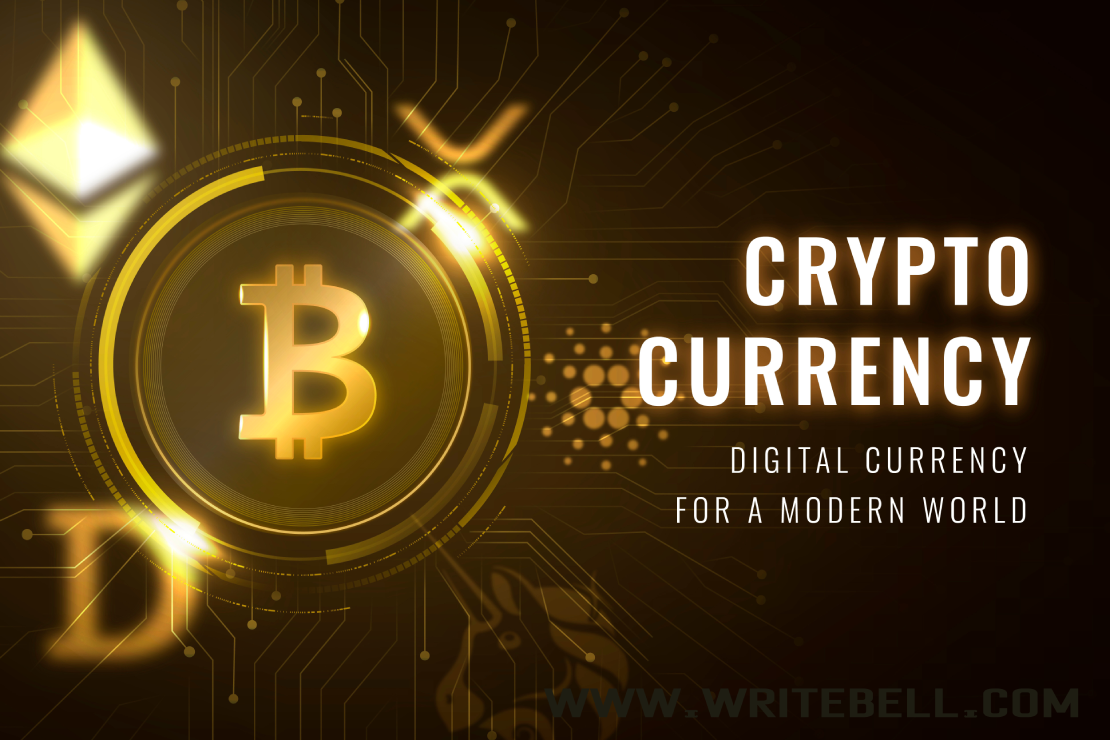

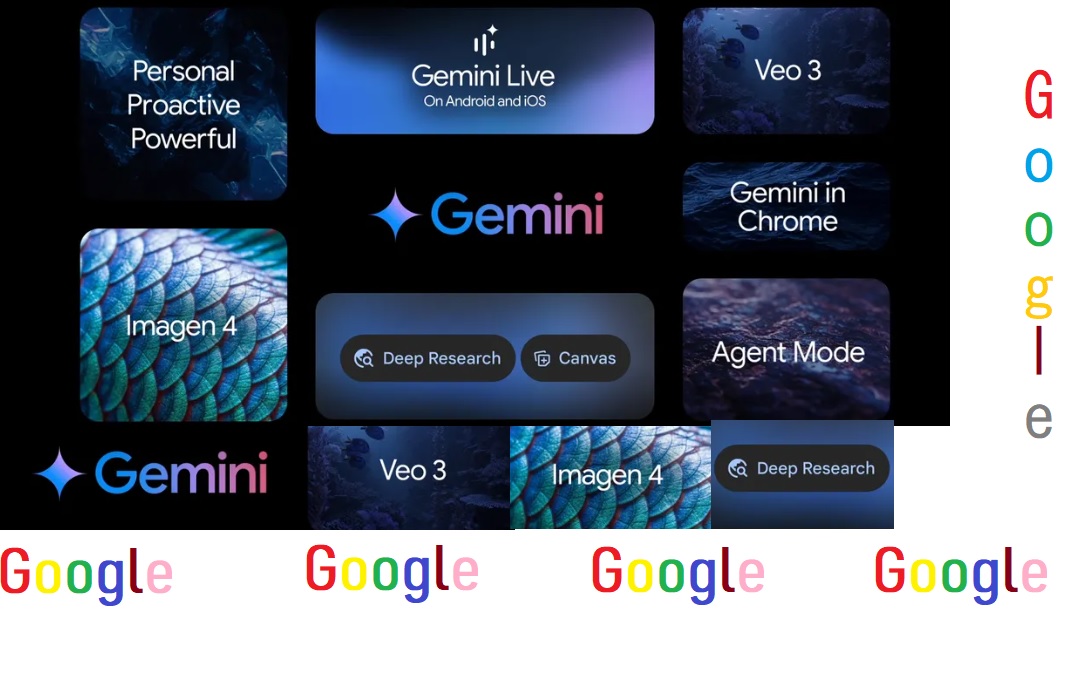
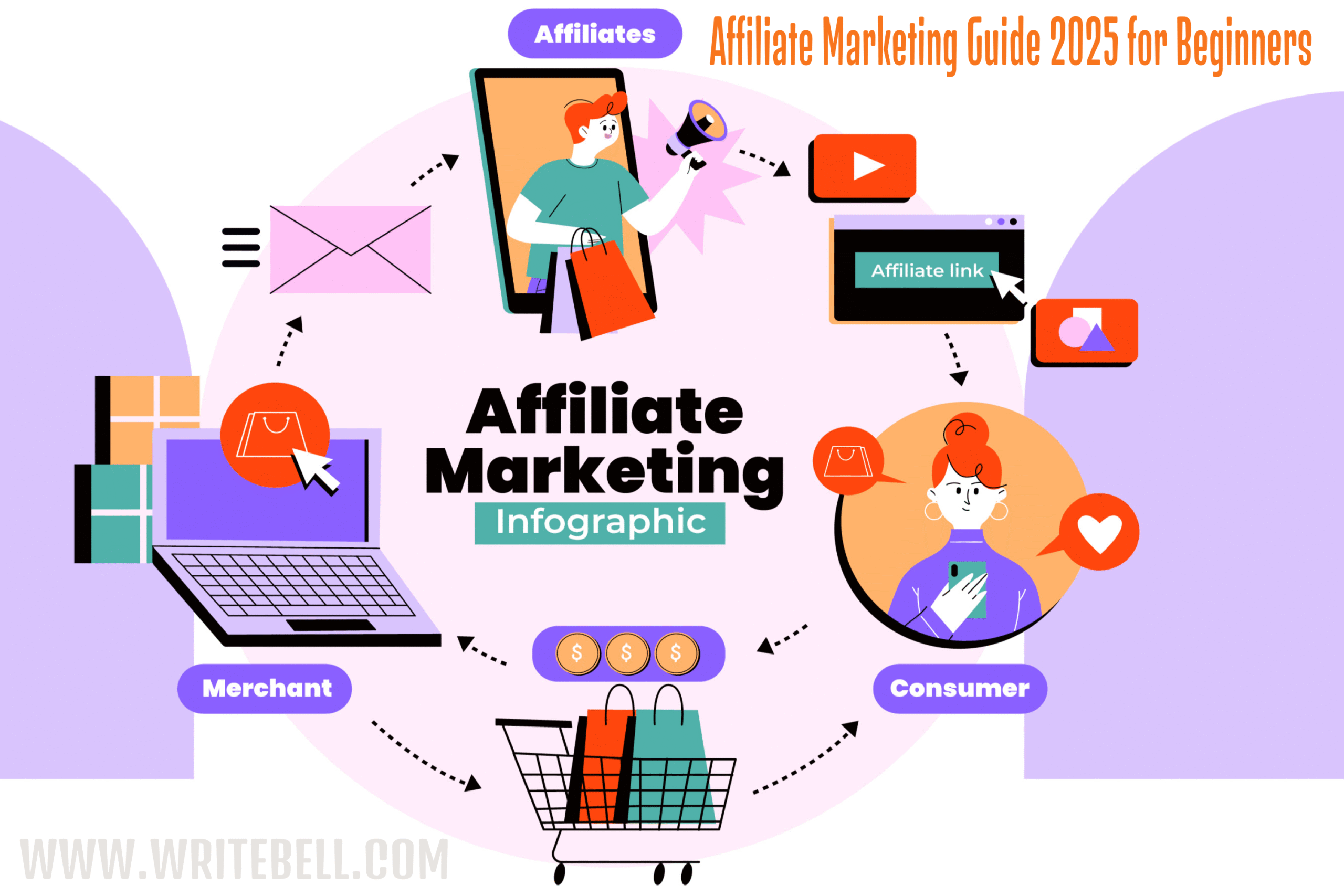
 Pro Tip: Choose a niche that balances passion, demand, and profit potential.
Pro Tip: Choose a niche that balances passion, demand, and profit potential. Amazon Associates
Amazon Associates ShareASale
ShareASale ClickBank
ClickBank CJ Affiliate
CJ Affiliate Impact & PartnerStack
Impact & PartnerStack Promoting random products just for commissions
Promoting random products just for commissions
